2025 BMW 1 Series Revealed
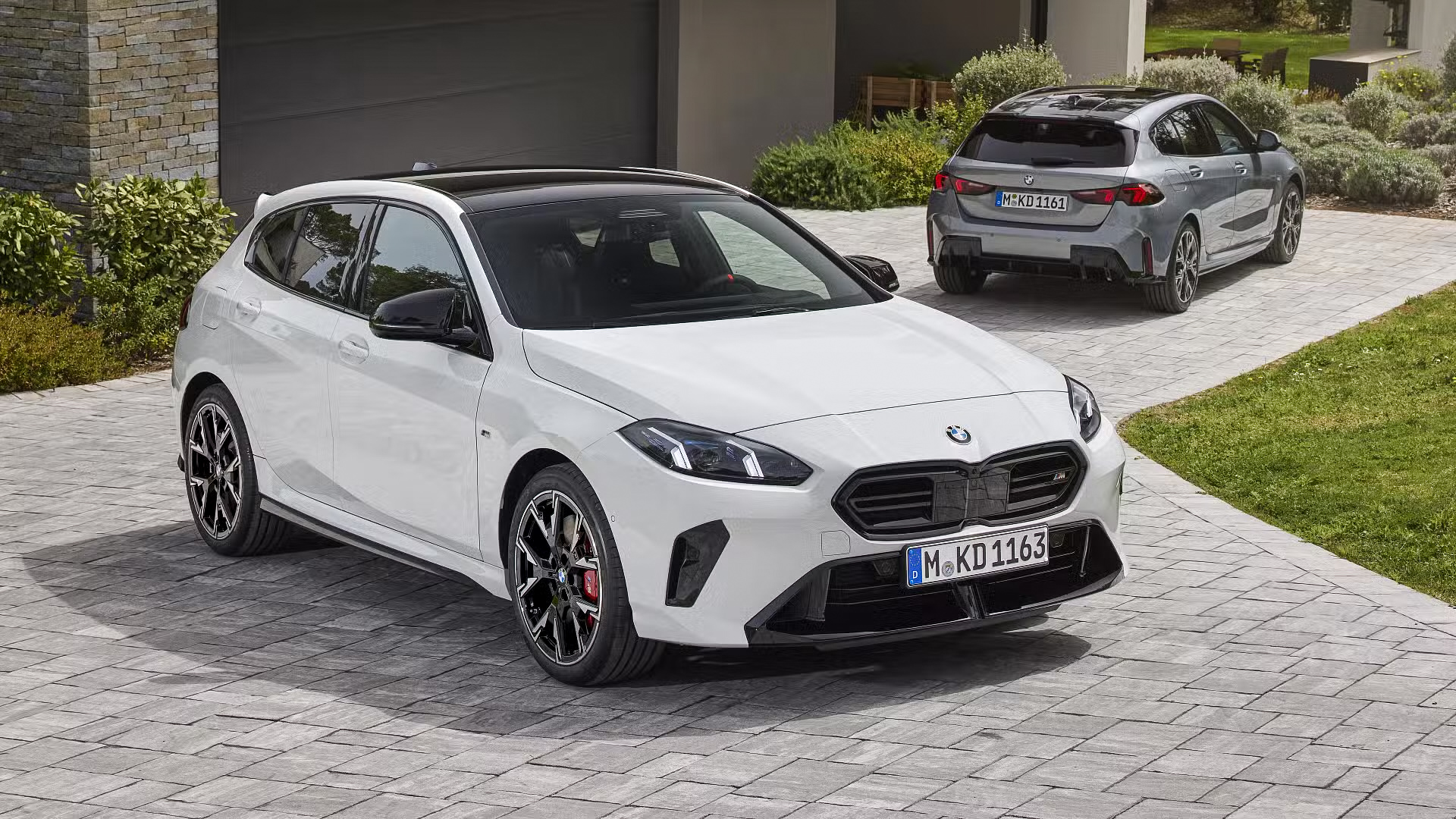
Quick Facts:
- Retains 2-litre 4-cylinder engine
- 48-volt mild-hybrid technology
- Extensive exterior updates
The 2025 BMW 1 Series hatchback has been officially revealed, showcasing a significant facelift that BMW refers to as a new-generation model. This refreshed version brings a new look, enhanced technology, and updated engines.
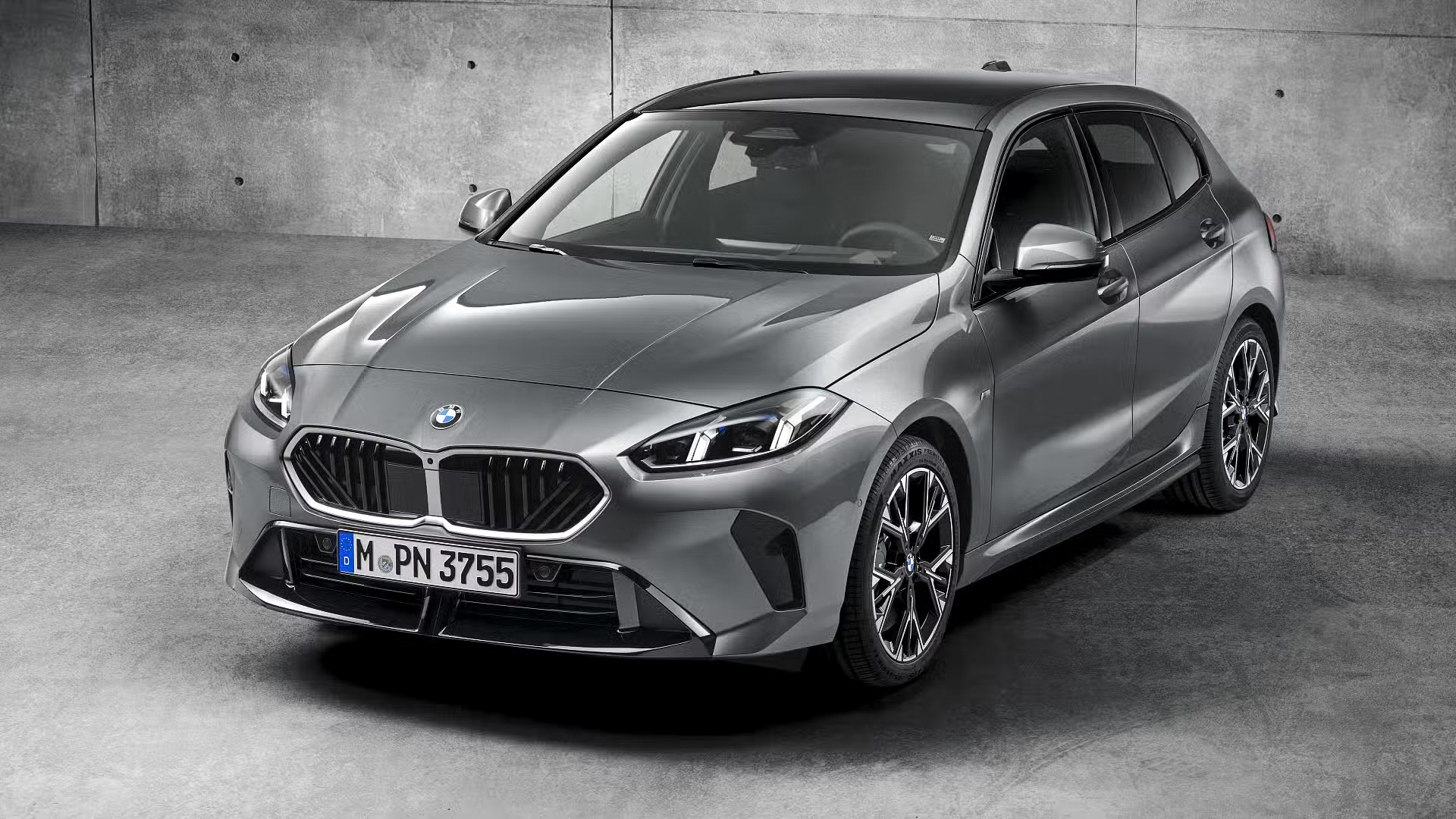
The 2025 1 Series may look like an all-new vehicle, but it's actually a heavily updated version of its predecessor. The original shift from rear- to front-wheel drive in 2019 remains, but now with notable changes.
While the doors and body structure are carried over, the 1 Series features new front and rear fascias, an all-new interior inspired by the X1 SUV, and refreshed engines. Notably, BMW is phasing out the 'i' designation for petrol models, reserving it for electric cars moving forward. Hence, the 118i becomes the 118, and the M135i is now simply the M135.
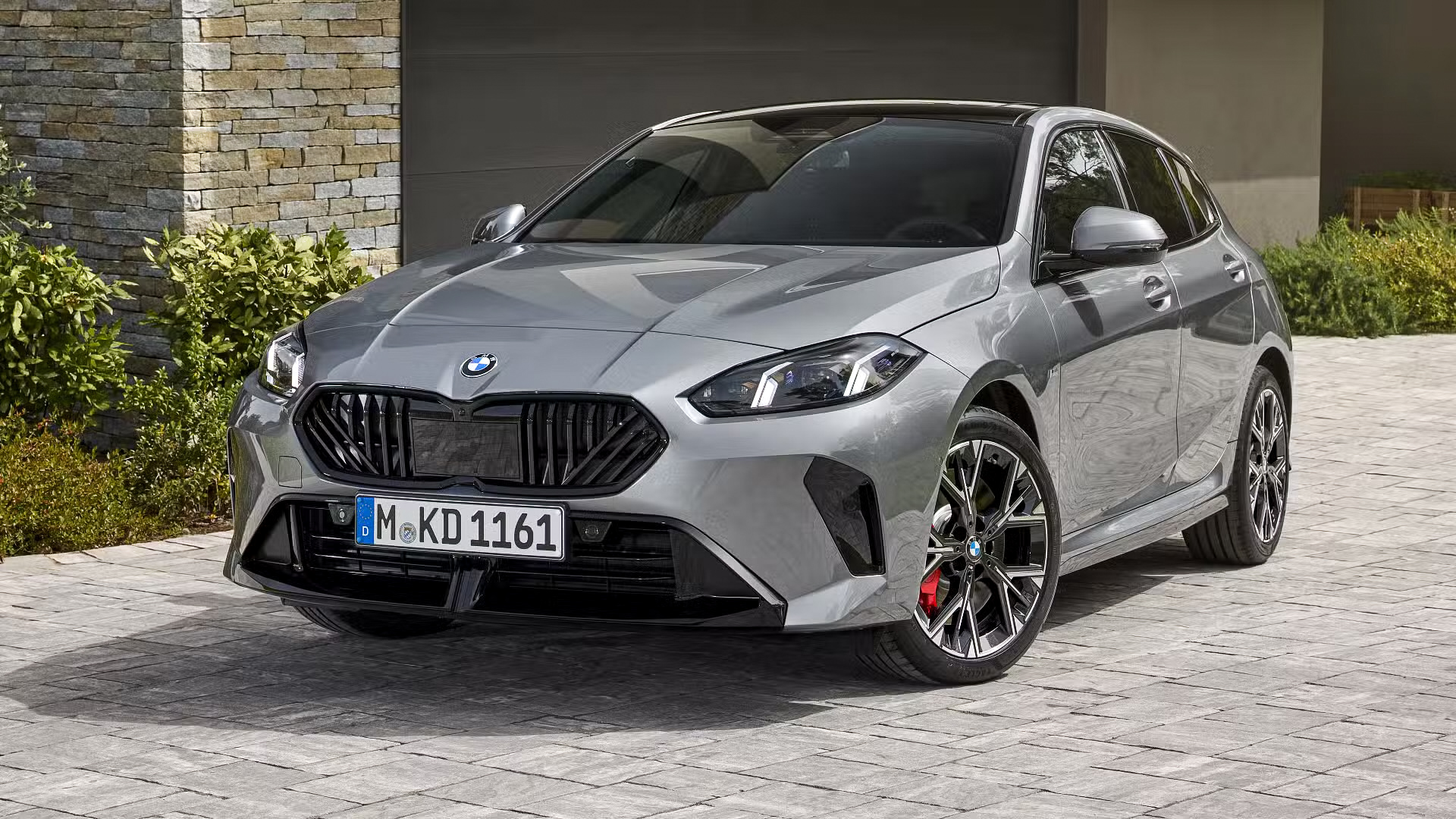
The 2025 model is slightly larger, with a 42mm increase in length (now 4361mm) and 25mm in height (1459mm), but the wheelbase remains at 2670mm and the width at 1800mm. The front end sports slimmer, wider 'kidney' grilles connected by adaptive cruise control radar, a reshaped lower bumper, and new adaptive LED headlights. The rear features more sculpted LED tail lights and redesigned bumpers.
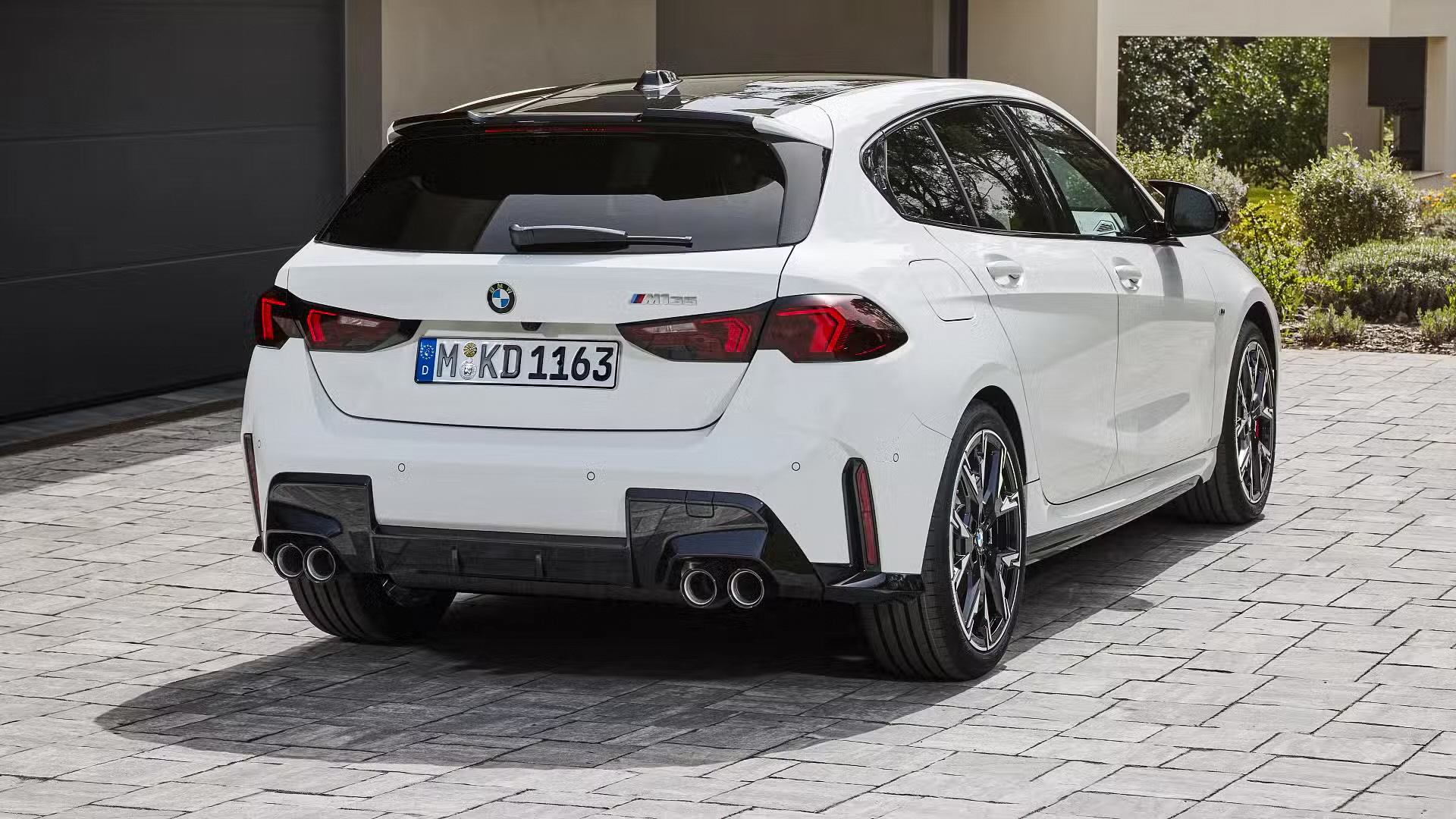
Wheel options include new 17 and 18-inch designs, dropping the previous M135i’s 19-inch option. For the first time, BMW offers a black contrast roof. The M135 stands out with a unique grille insert, black M mirror caps, and four exhaust tips, a nod usually reserved for full BMW M models like the M2 and M3.
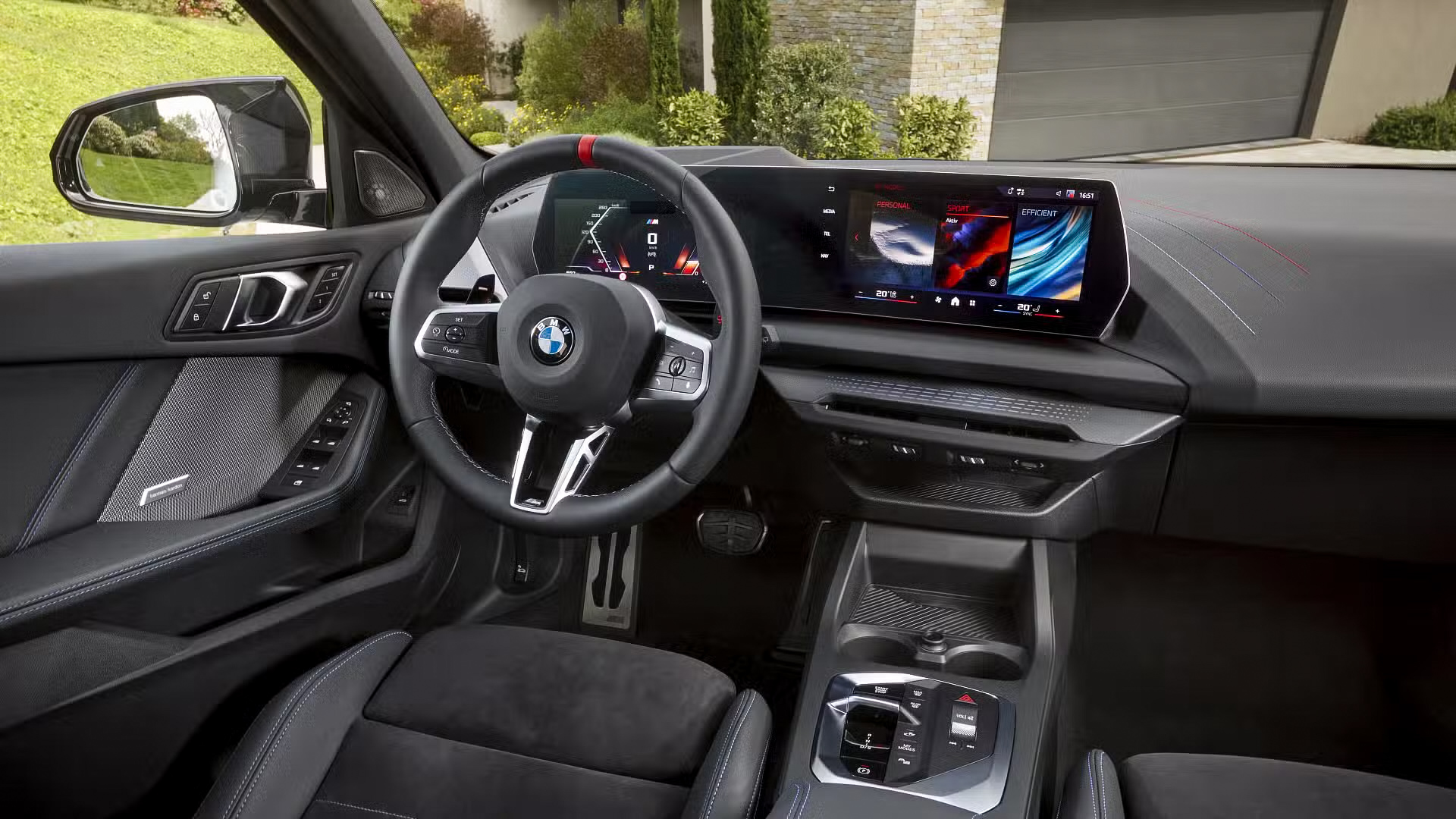
Inside, the 1 Series adopts a 10.25-inch digital instrument display and a 10.7-inch infotainment touchscreen from the X1 and X2 SUVs, running the latest iDrive 9 software. This includes downloadable updates, wireless Apple CarPlay and Android Auto, and satellite navigation. The air-conditioning controls are now integrated into the screen, and the rotary controller is gone.
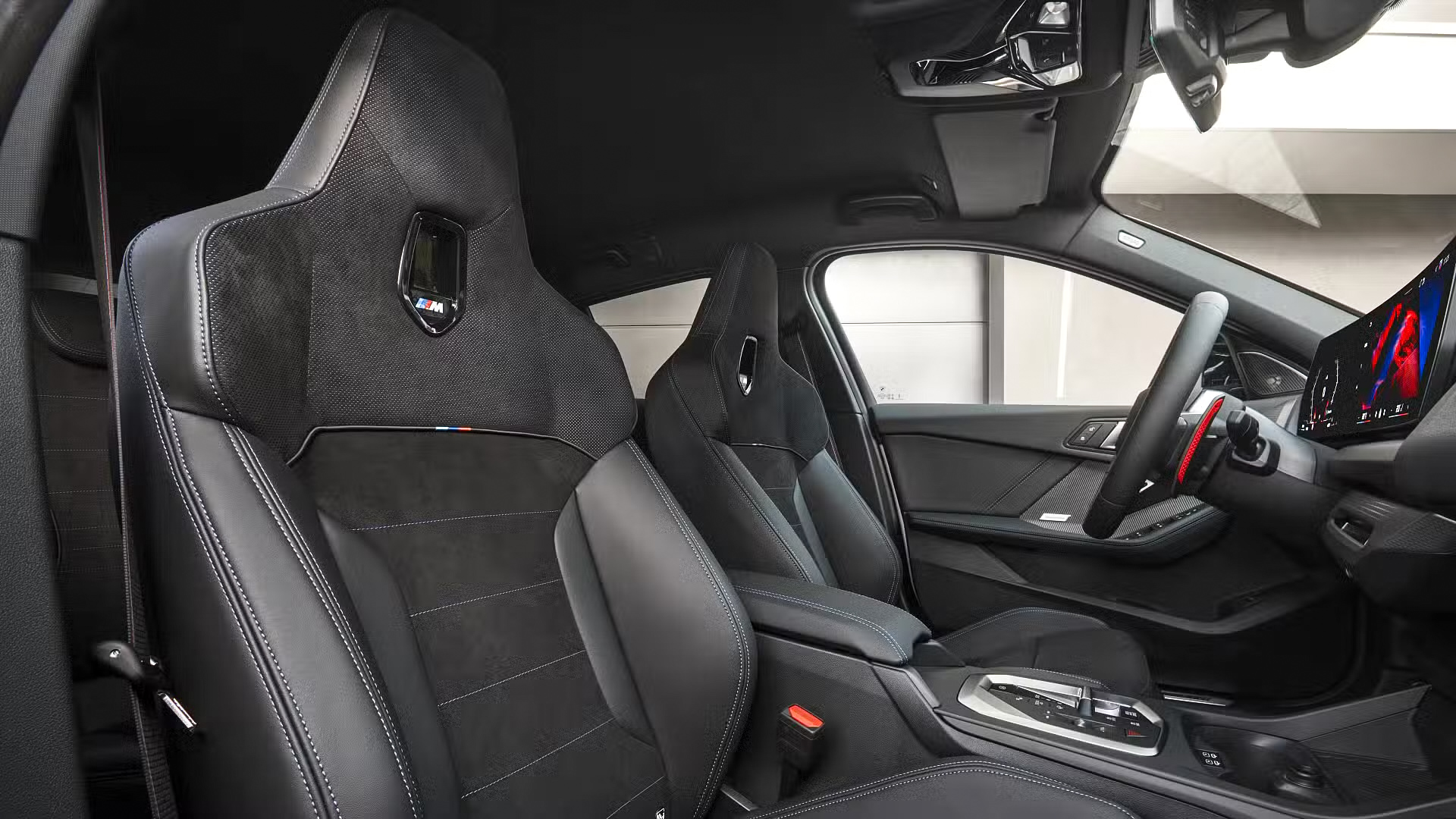
Additional features include a 12-speaker Harman Kardon sound system, augmented-reality head-up display, a phone-as-key function, panoramic glass roof, dual-zone climate control, and ambient lighting.
Leather has been replaced by fabric or synthetic 'Veganza' upholstery, with Alcantara accents in M Sport models. Optional M Sport seats feature a single-piece backrest and a three-spoke steering wheel with paddle shifters. Flagship models boast power-adjustable heated and massaging front seats, a heated steering wheel, and driver’s seat memory, with a cooled wireless phone charging pad.
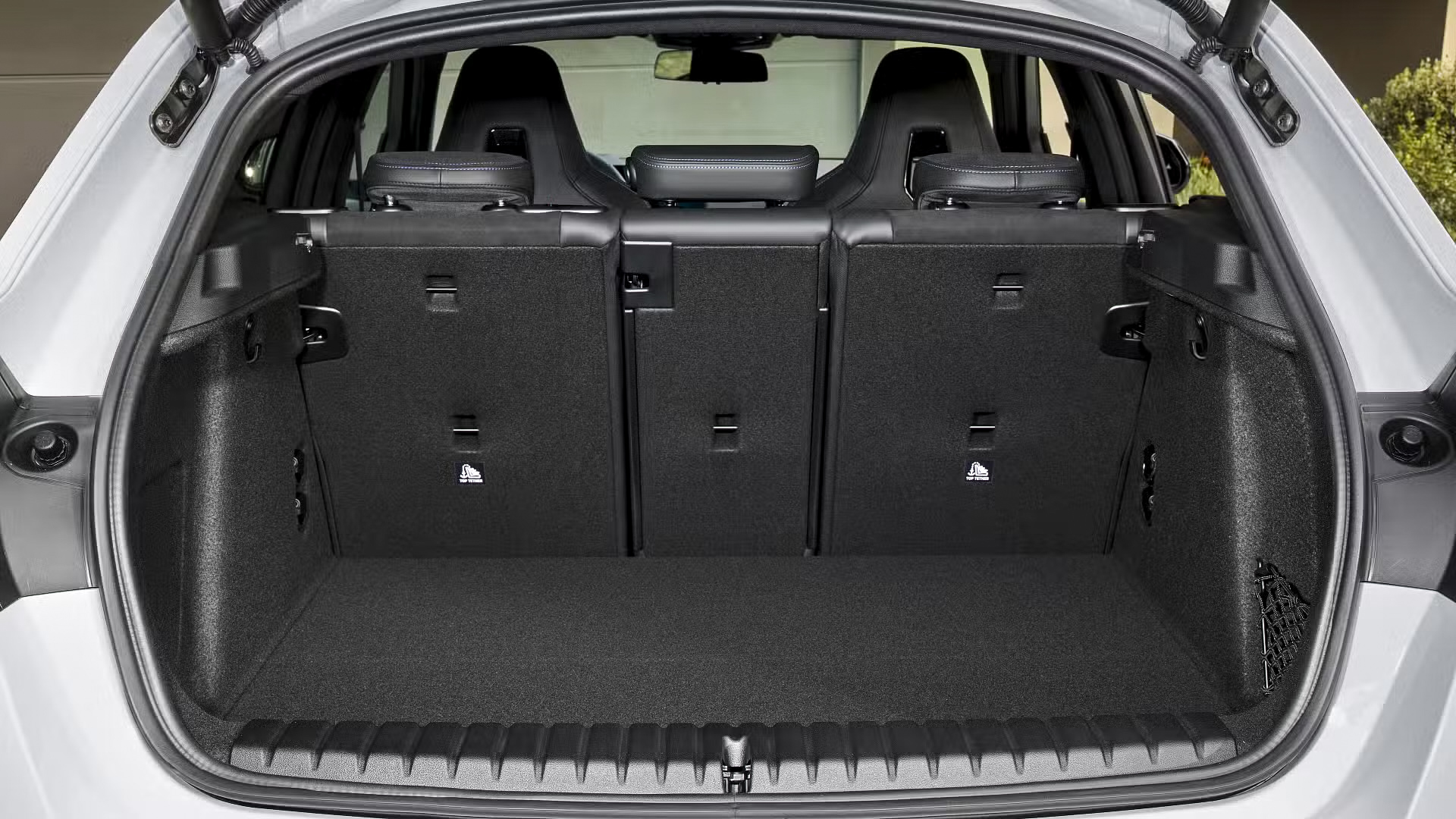
Boot capacity ranges from 300 to 380 litres behind the rear seats, expandable to 1135-1200 litres with the seats folded. The tailgate is power-operated with a hands-free function.
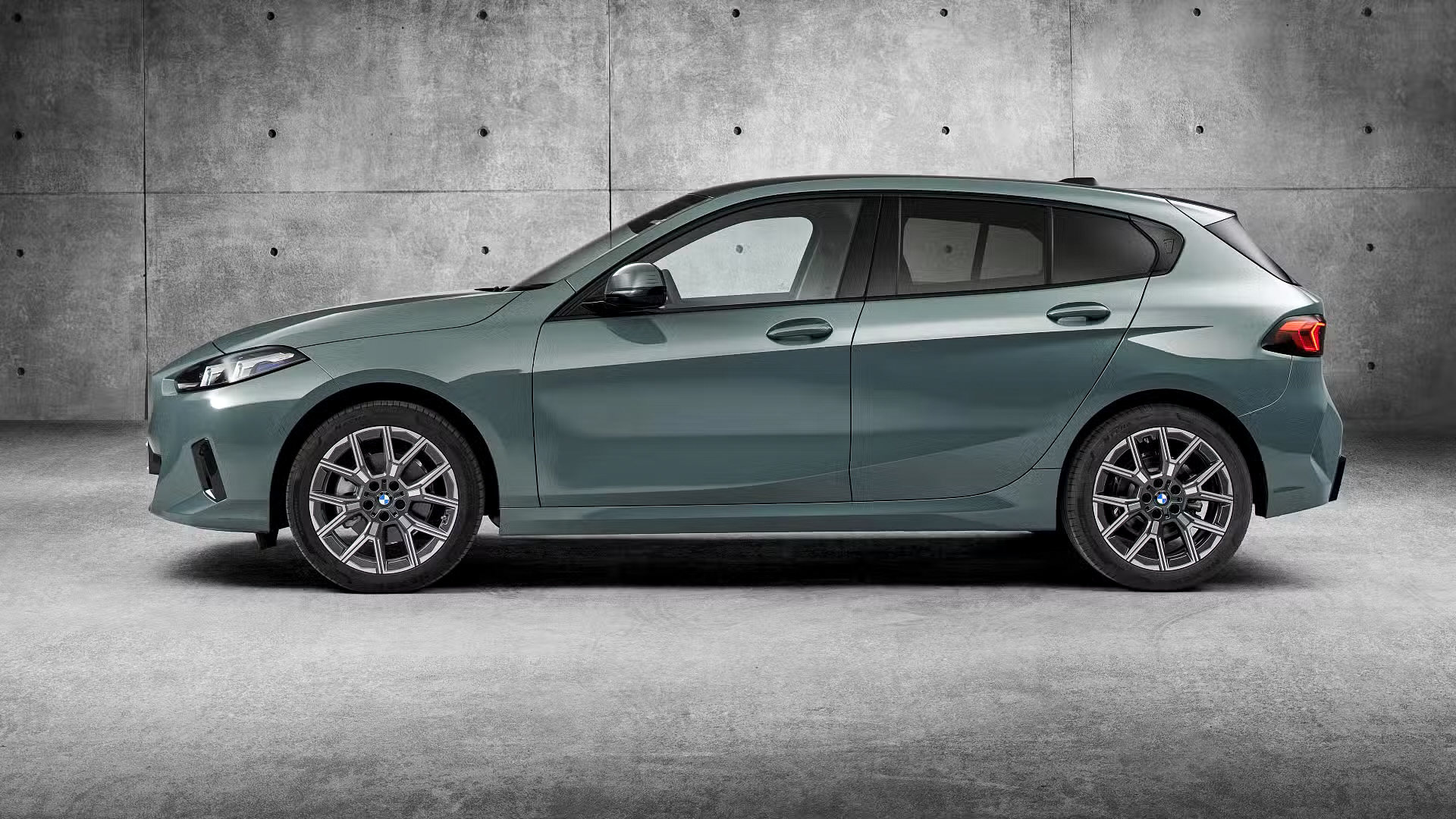
Some models feature 48-volt mild-hybrid technology. The mild-hybrid system, when fitted, provides a 15kW/55Nm boost during hard acceleration, allows coasting with the engine off, and enhances the auto stop-start system. However, it cannot power the wheels on electric power alone.
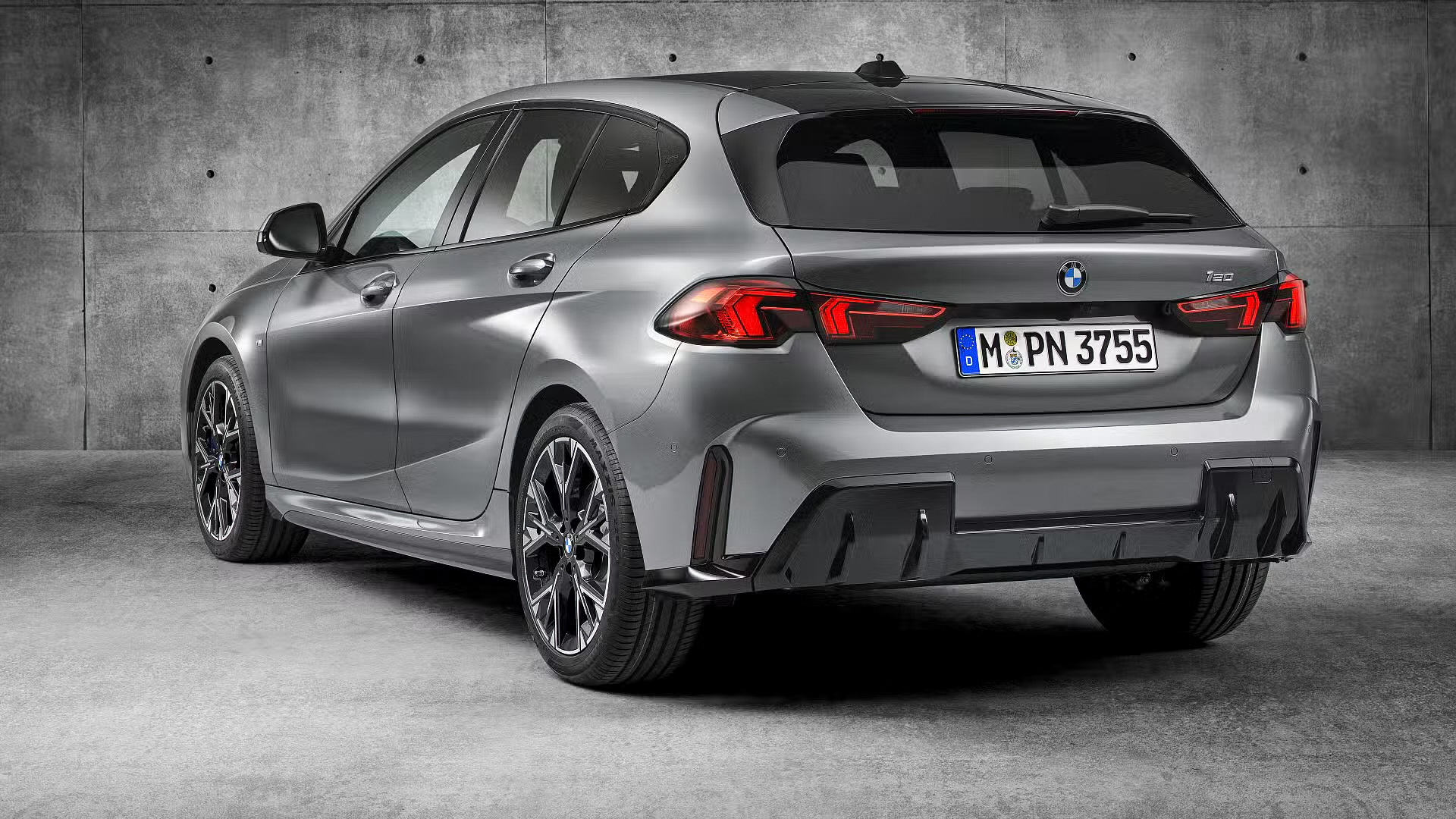
The petrol BMW 120 features a 1.5-litre turbocharged three-cylinder engine with 115kW and 240Nm, achieving 0-100km/h in 7.8 seconds. With the mild-hybrid boost, system outputs are 125kW/280Nm.
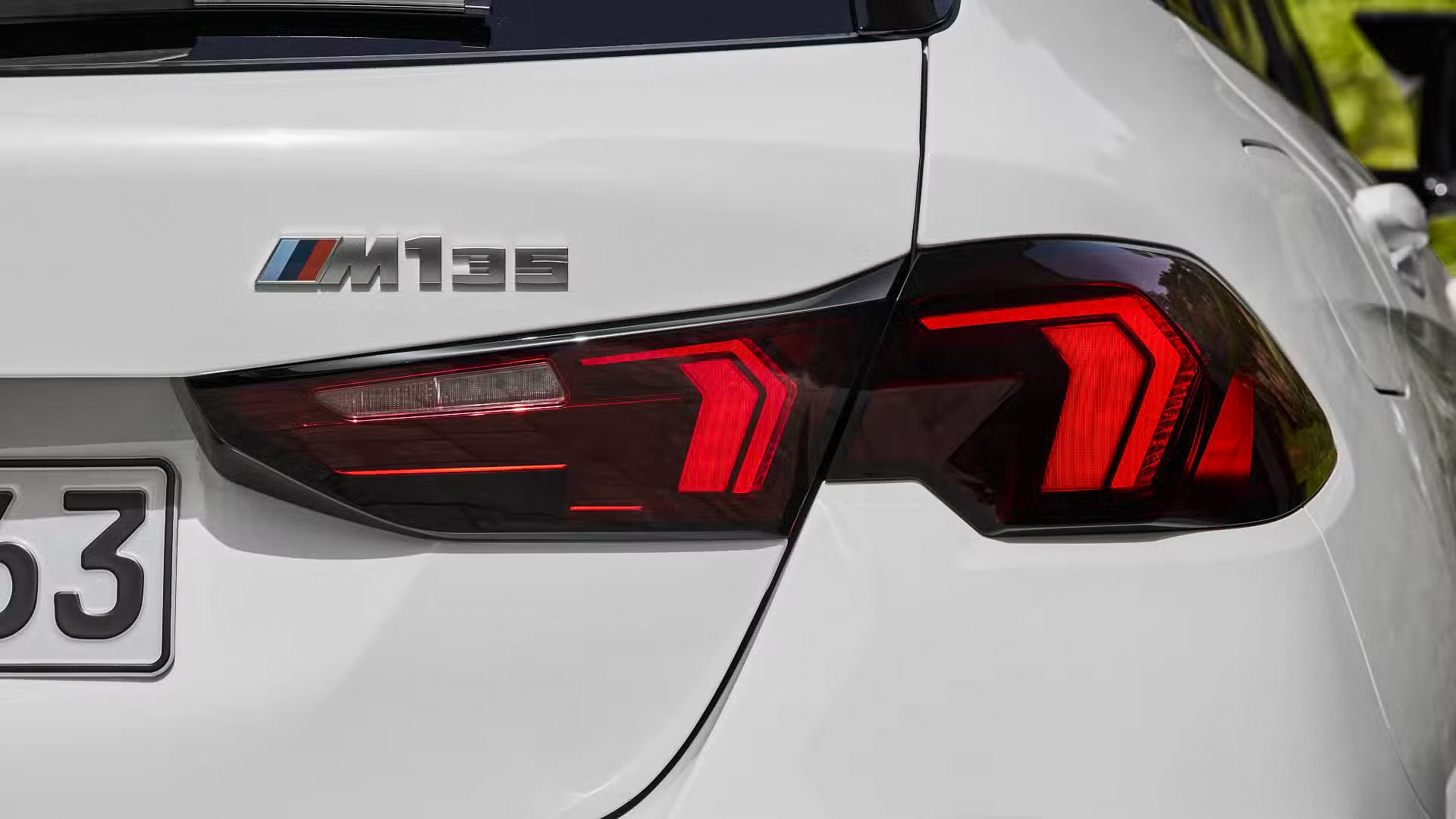
The flagship M135 xDrive boasts a 2.0-litre turbocharged four-cylinder engine, producing 221kW/400Nm in Europe, or 233kW/400Nm in markets with less stringent emissions rules. It accelerates from 0-100km/h in 4.9 seconds with standard all-wheel drive.
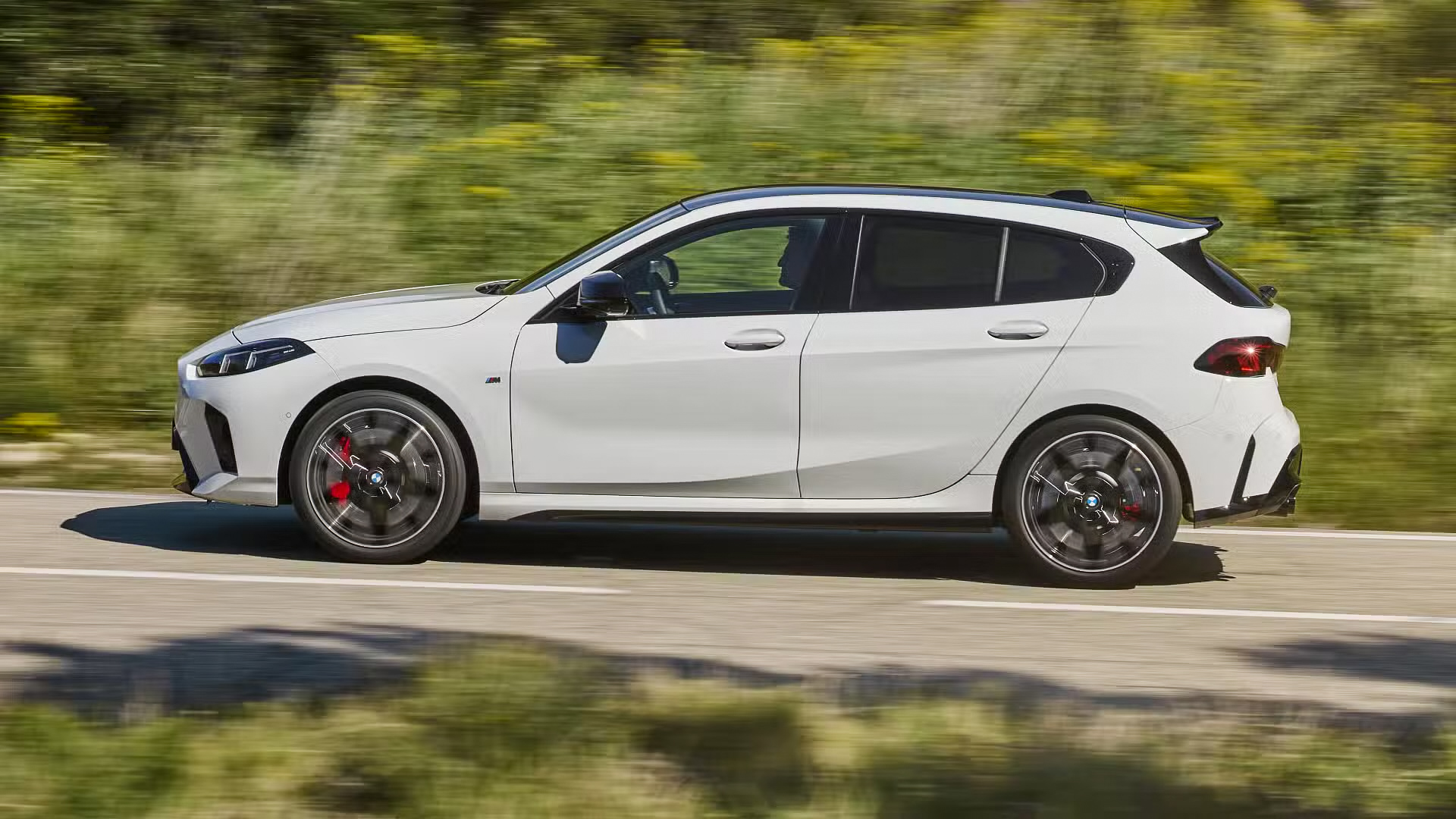
BMW promises improved handling with reworked suspension, lighter components, and revised tuning. New shock absorbers enhance comfort, while updated braking system electronics offer more precise stopping performance. Adaptive dampers, quicker steering, and M Sport performance brakes are available options.
The M135 includes a sports exhaust with artificial engine noise, launch control, a mechanical front differential lock, unique struts, stiffer anti-roll bars, and performance brakes. The upcoming M Technology Package will offer further enhancements.
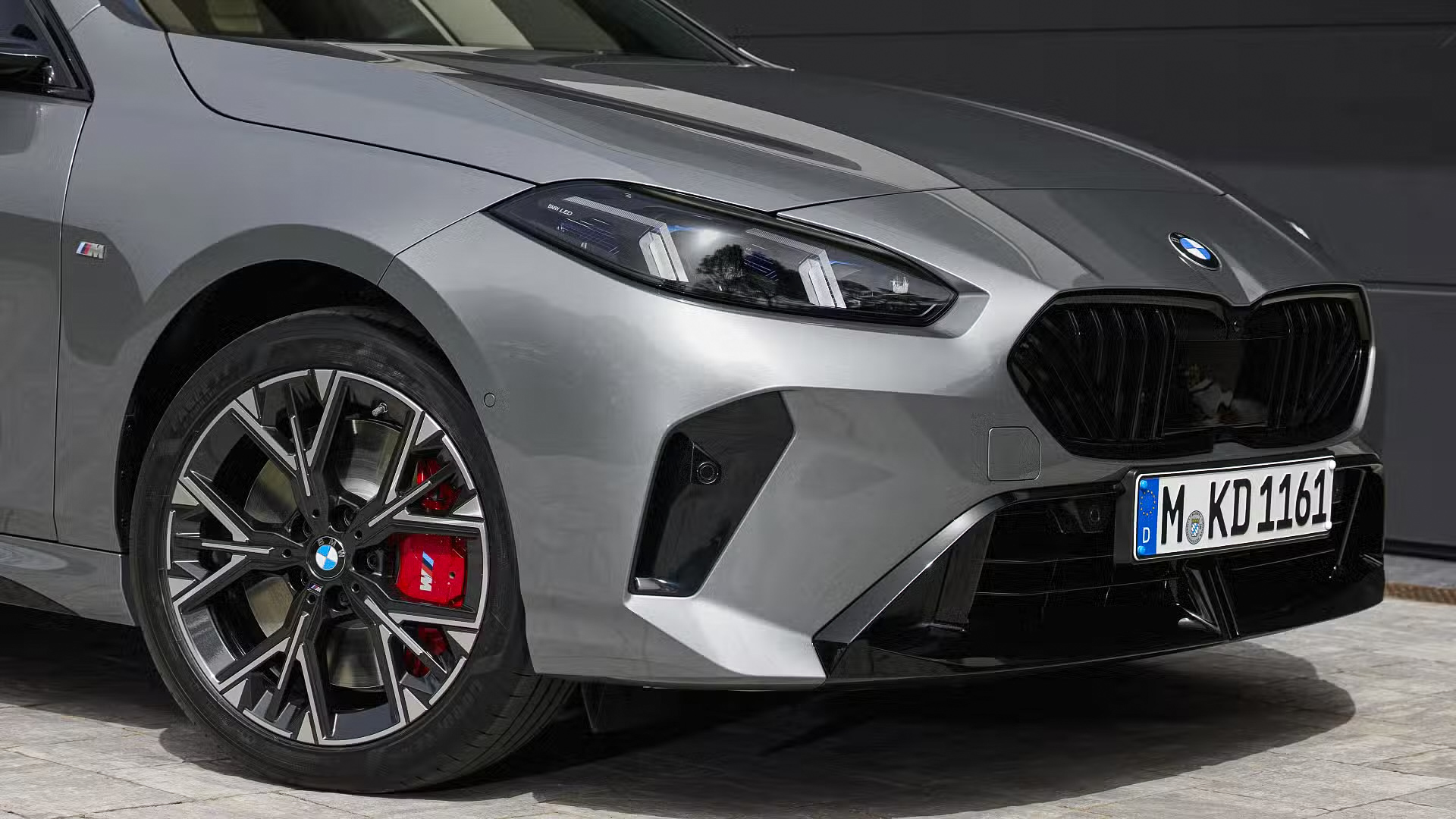
Safety features include a front-centre airbag, adaptive cruise control, lane-centering assist, remote parking, autonomous emergency braking, traffic sign recognition, lane-keep assist, blind-spot monitoring, rear cross-traffic alert, assisted parking, and a 360-degree camera.
More details for the South African market are expected soon. Stay tuned for updates on the 2025 BMW 1 Series as we learn more about its local specifications and arrival dates.
